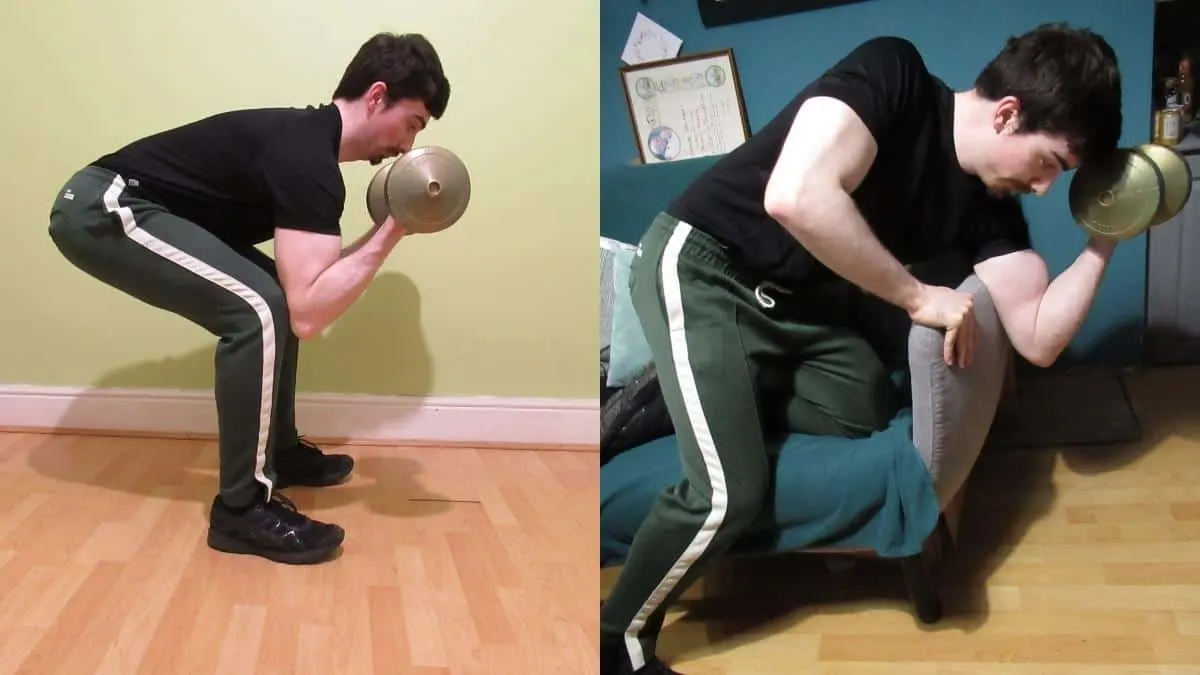The spider curl is an excellent exercise for strengthening the biceps brachii. However, not everyone has the necessary equipment to perform it, which is especially true if you train at home.
Similarly, the spider curl can put a lot of pressure on your sternum if you’re lifting heavy. This is because you have to press your chest into the backrest of the bench in order to perform the exercise correctly, which can be uncomfortable for many people.
Top 5 spider curl alternative exercises
These spider curl alternatives are all capable of enhancing the size and strength of your biceps. The best choice for you mainly comes down to your equipment availability and personal preferences.
That said, there are still undeniable pros and cons to each movement. Be sure to read this section carefully before deciding which replacement to add to your workout routine so that you choose an exercise that aligns with your goals.
1. Bent over curls
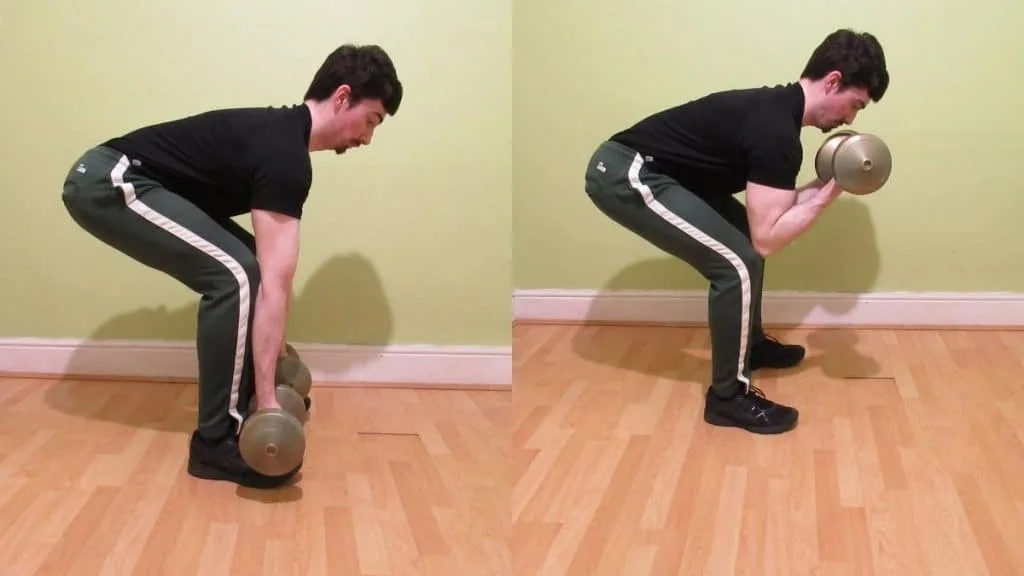
Bent over curls are a simple muscle-building exercise that you can perform absolutely anywhere as long as you have access to free weights. Dumbbells are my choice because they let me ensure that both of my biceps are receiving equal work, which helps to limit the development of muscle imbalances.
Of course, if you only have access to a barbell, that’s fine as well. The most important thing is that you use the correct form.
Begin by holding your weights with an underhand grip. Then, bend over at the waist and rest your elbows on your knees. Curl the weights toward your shoulders and flex your biceps as hard as you can. Hold the contraction for a moment, and then finish the rep by lowering the weights under control until your elbows reach full extension. Repeat for 3-4 sets of 10-15 reps.
As you can see, the angle of this exercise is very similar to that of a spider curl. You’ll feel a really intense bicep contraction, and then the resistance will start to feel lighter as you lower the weight down.
2. Preacher curls
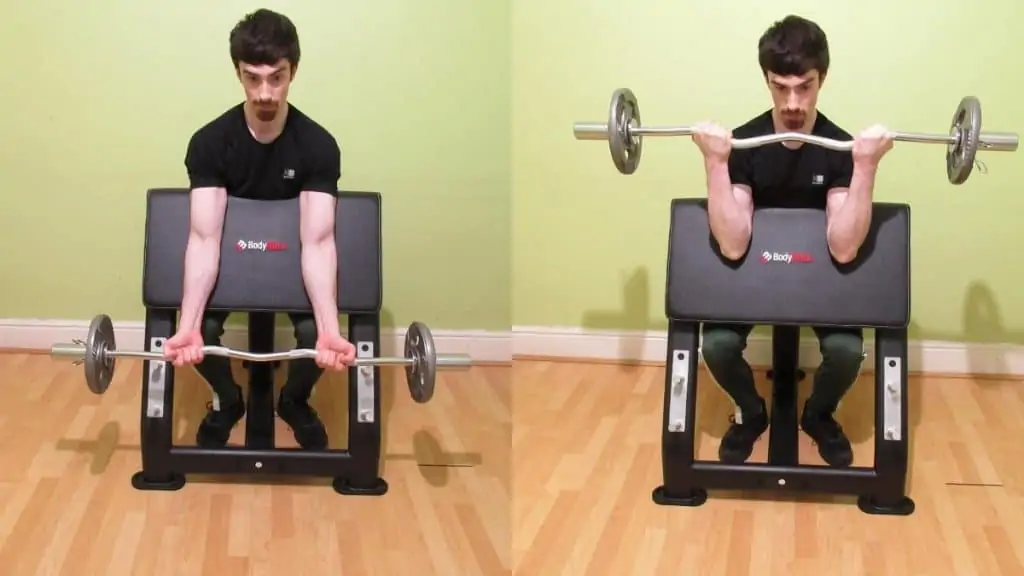
If you have plenty of gym equipment at your disposal but just fancy a change from spider curls, then preacher curls are a fantastic, albeit slightly obvious, alternative. You can click the link to learn the difference between spider curls and preacher curls, but I’ll give you a brief summary here.
Spider curls and preacher curls essentially have opposite resistance curves. Or, to say it another way, they each have different sticking points. While spider curls are most challenging when your biceps are maximally contracted, preacher curls pose the most difficulty in the initial phase of the concentric, when your elbows are close to full extension.
Yet, even if you don’t have access to a preacher pad, you can still take advantage of this popular exercise by performing it over an incline bench. Essentially, any object that resembles a preacher pad and which is safe to use will allow you to enjoy the best effects of this movement, so feel free to get inventive.
3. Drag curls

Drag curls are the most simple dumbbell spider curl alternative because they’re so straightforward to set up. All you need is some free weights and a place to stand, so you can easily do this exercise at home or outside.
The idea is to drag the bar (or dumbbells) up your body by reducing the distance between your forearms and biceps. In practice, you want to move the weights toward your shoulders while simultaneously dragging your elbows behind your torso.
You can see our spider curl vs drag curl comparison for more info, but essentially, drag curls are similar to spider curls in that they provide an incredibly intense peak contraction and an equally powerful muscle pump.
For this reason, they make an excellent finishing movement for when you want to burn your biceps out and recruit the remaining muscle fibers.
4. Couch curls
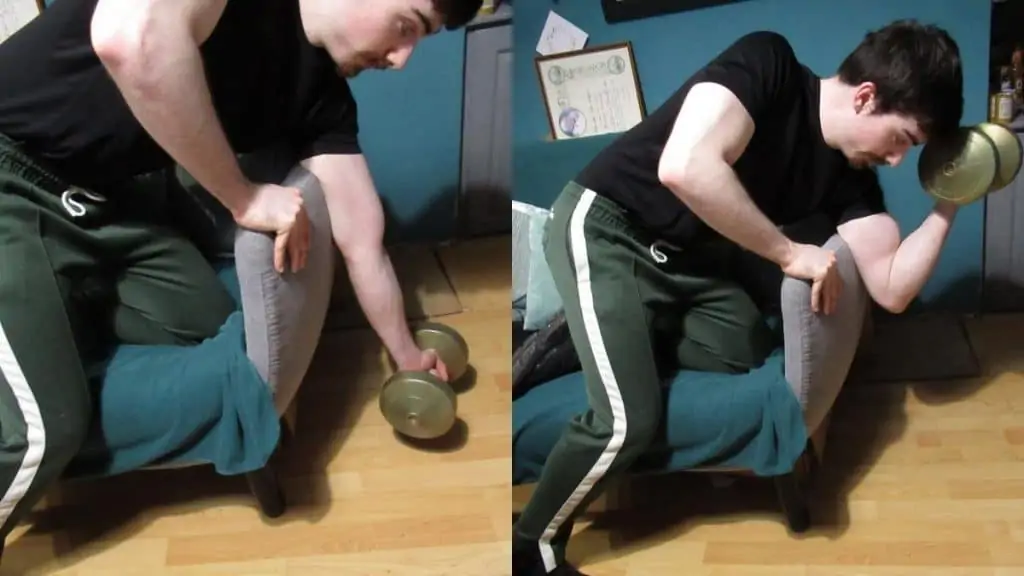
If you have some free weights and a couch, then you can perform spider curls from the comforts of your own home—no expensive weight bench required!
You want to start by placing some weights at the side of your sofa. Then lie stomach-down on the sofa and let your arms hang over the armrest. From there, grab the weights and brace your arms against the side of the armrest. Begin the rep by curling the weights toward your front delts. Hold the contraction for a second, and then lower the weights back down under control until your arms are fully locked out.
You ideally want to stick to high reps on this exercise because if the weight is too heavy, then it could put excessive strain on your lower back. After all, you’re going to have to use your core strength to stop the weight from pulling you forward anyway.
5. Chair curls
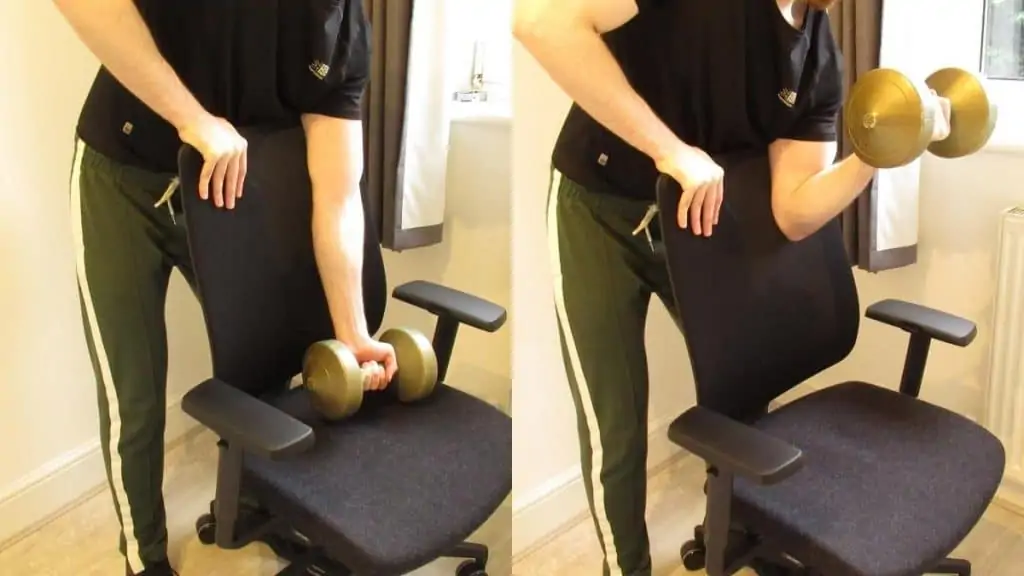
Chair curls are another good spider curls alternative because they’re ultra convenient and easy to perform. You ideally want to use a desk chair with plenty of padding so that you can effectively brace your arm against it.
Also, you’ll need to use a dumbbell for this exercise so that you can stabilize yourself by holding onto the chair with your other arm.
Begin by grabbing a dumbbell with an underhand grip. Next, stand behind a desk chair and then brace the arm that’s holding the weight against the backrest. Curl the dumbbell toward your shoulder and squeeze your biceps forcefully. Savor the contraction for a moment, and then lower the weight under control until your elbow is completely locked out.
Don’t forget to repeat the motion with your other arm so that you don’t develop any muscular imbalances.
The verdict: Which spider curl alternative is most effective?
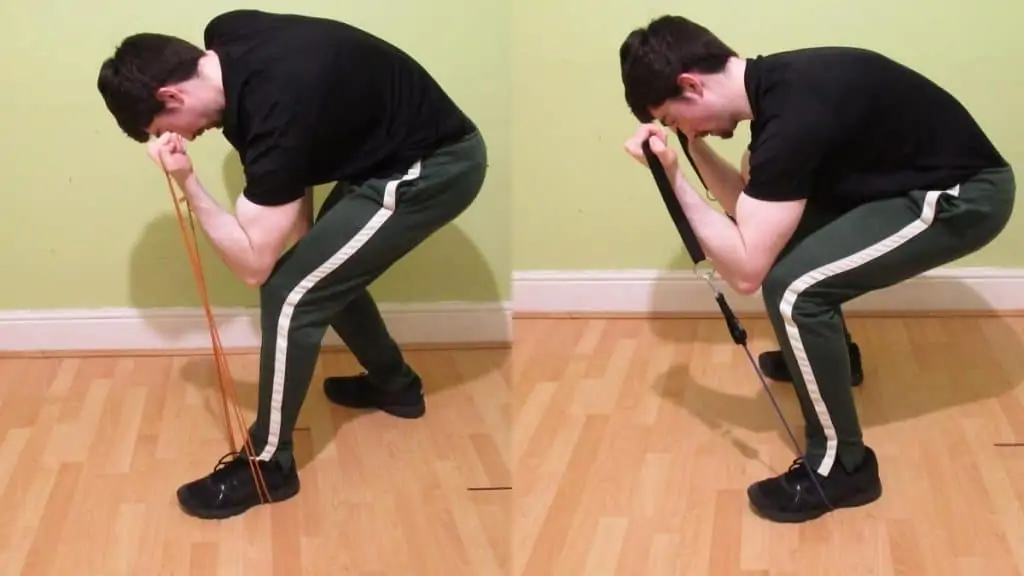
As mentioned, there’s no single spider curl alternative that’s the best for everyone. For example, if you only have minimal equipment, then couch curls or bent-over curls are likely the top choices because neither of them requires a bench.
You can also go for a really obvious spider curl substitute like preacher curls if you have access to a weight bench. As mentioned, this movement is essentially the opposite of a spider curl, so you might want to include both exercises in your routine for optimal results.

